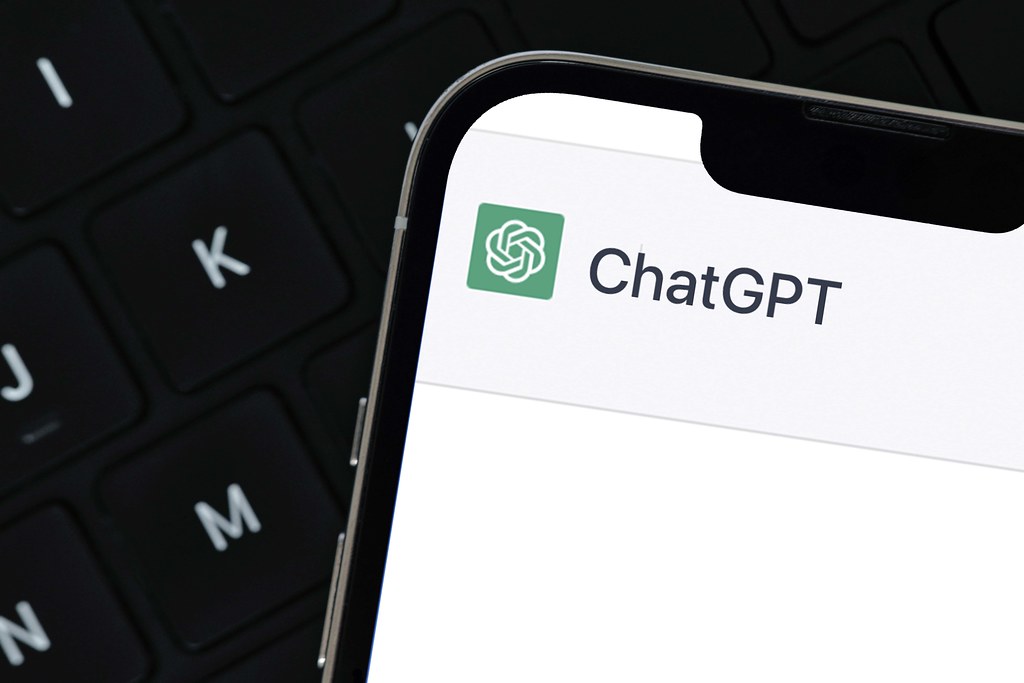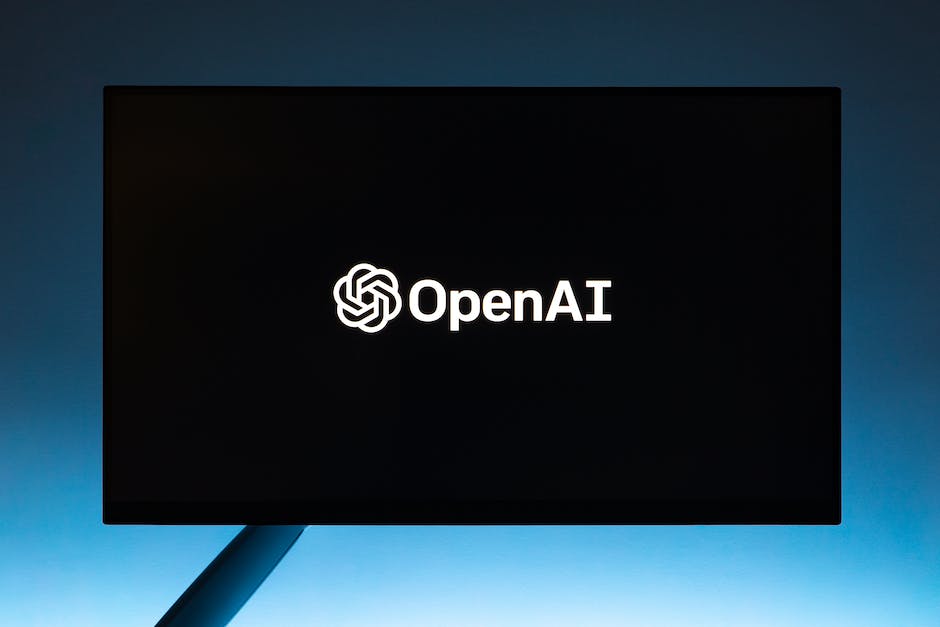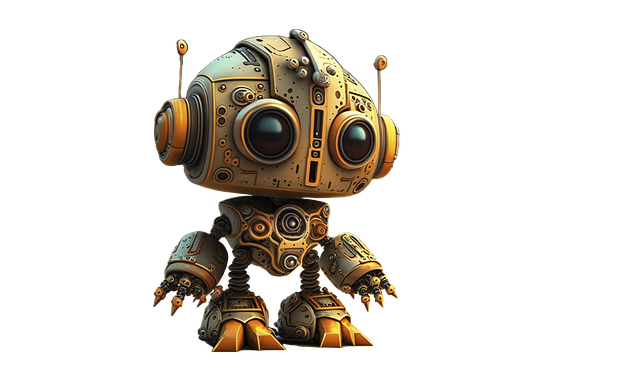
Unleash your creative superpowers and dive into the fascinating world of ChatGPT plugins! If you’ve ever wished to extend the capabilities of OpenAI’s language model and make it perform mind-boggling tasks beyond mere conversation, this article is your gateway to the infinitesimal possibilities. With a neutral tone paving the way, we’ll explore the enchanting journey of creating ChatGPT plugins, unlocking the untapped potential and possibilities awaiting your inventiveness. Brace yourself for an enlightening voyage into the realm of ChatGPT plugin development, where your imagination is the only limiting factor!
Table of Contents
- Understanding ChatGPT Plugins: A Comprehensive Guide to Getting Started
- Exploring the Technical Requirements: Key Steps to Develop ChatGPT Plugins
- Best Practices for Building Effective and User-Friendly ChatGPT Plugins
- Integrating Advanced Features: Enhancing User Experience with ChatGPT Plugins
- Frequently Asked Questions (FAQ’s)
- Final Thoughts

Understanding ChatGPT Plugins: A Comprehensive Guide to Getting Started
Creating ChatGPT Plugins: Unleash the Power of Conversational AI
Welcome to the fascinating world of ChatGPT Plugins! With the advent of https://chat.openai.com,
creating customized conversational experiences has never been easier. Whether you’re a seasoned developer or just
starting your programming journey, this comprehensive guide will walk you through the steps of creating your own
ChatGPT Plugins and harnessing the true potential of Conversational AI.
Step 1: Understand the Plugin Structure
Plugin Structure: Before diving into the code, it’s crucial to grasp the basic structure of a
ChatGPT Plugin. At its core, a plugin is a bundle of code that extends ChatGPT’s functionality. It consists of three
main parts: the setup, messages, and metadata.
Setup: The setup section provides important information about the plugin, like its name, description,
and any additional requirements. This is where you define the name and description
fields for your plugin.
Step 2: Crafting Engaging Conversations
Messages: Think of messages as the heart and soul of your plugin. Here, you define the interactive
conversation the plugin will have with the user. You can create a dynamic back-and-forth by utilizing inputs,
system level instructions, and user-friendly prompts.
Metadata: Metadata provides additional information about your plugin, such as its category,
language, and usage instructions. Be sure to pick an appropriate category for your plugin to make it discoverable for users.
Step 3: Fine-tune and Test Your Plugin
Fine-tuning: Once you have designed your plugin, it’s time to fine-tune it to ensure optimal performance. Run your plugin through several iterations, tweaking the messages and refining the system’s responses until you achieve a satisfying conversational experience.
Testing: Before deploying your plugin, it’s crucial to thoroughly test it. Engage with the ChatGPT model to simulate various user interactions, ensuring your plugin handles different scenarios gracefully. This helps identify any potential issues or improvements needed.
Unlock Endless Possibilities with ChatGPT Plugins
Congratulations! You have successfully learned the fundamental steps to create extraordinary ChatGPT Plugins. By leveraging the power of conversational AI from https://chat.openai.com, you now have the ability to craft dynamic and engaging conversational experiences for users.
So, what are you waiting for? Unleash your creativity and start building plugins that redefine the way we interact with AI-powered chatbots. The possibilities are limitless, and your innovative creations can revolutionize the future of communication. Dive into the world of ChatGPT Plugins today!

Exploring the Technical Requirements: Key Steps to Develop ChatGPT Plugins
So you want to create ChatGPT plugins? You’ve come to the right place! Developing plugins for the powerful chatbot platform at chat.openai.com can open up a world of possibilities for enhancing user experiences. In this post, we will delve into the technical requirements and outline the key steps you need to follow in order to successfully develop ChatGPT plugins.
1. Define the Purpose: Before you dive into the development process, it is crucial to have a clear understanding of why you want to create a plugin. Define the purpose and identify the specific functionalities you want to add to the ChatGPT interface. Whether it’s improving natural language understanding, integrating external APIs, or enhancing user interactions, having a well-defined purpose will guide you throughout the development journey.
2. Familiarize Yourself with the Plugin Architecture: Familiarizing yourself with the plugin architecture is essential for successful development. Head over to the documentation provided at https://chat.openai.com/docs/plugin-architecture to get a comprehensive understanding of the APIs, request/response structures, and available plugin hooks. Take your time to study the architecture and ensure you have a solid grasp before moving forward.
3. Design and Implement: Once you have a clear purpose and understand the plugin architecture, it’s time to design and implement your plugin. Break down the functionalities into smaller, manageable tasks and start coding. Leverage the provided API endpoints and plugin hooks to integrate your custom logic with the ChatGPT platform. Don’t forget to test your plugin thoroughly to ensure it works seamlessly and doesn’t cause any conflicts with the base system.
4. Iterate and Improve: Development is an iterative process, and building ChatGPT plugins is no exception. Test your plugin in different scenarios, gather feedback, and iterate on your implementation. Keep an eye out for community-driven updates and improvements to the platform and adapt your plugins accordingly. Engage with other developers in the open-source community to exchange ideas and find ways to enhance your plugin’s functionality.
Developing ChatGPT plugins can truly unlock endless possibilities when it comes to customizing and extending the functionality of the chatbot platform. By following these key steps and harnessing the power of chat.openai.com, you can create innovative plugins that revolutionize user experiences and elevate the capabilities of ChatGPT.

Best Practices for Building Effective and User-Friendly ChatGPT Plugins
So, you want to create captivating and efficient ChatGPT plugins? Look no further! In this post, we will share some best practices to help you build remarkable and user-friendly plugins that will enhance the ChatGPT experience. Let’s dive right in:
1. Understand Your Audience: Before you start developing your plugin, it’s crucial to identify and understand your target audience. Are you creating a plugin for businesses, writers, or educators? By understanding their needs and expectations, you can tailor your plugin to provide the most relevant and valuable solutions.
2. Keep It Simple and Intuitive: When it comes to plugin design, simplicity is key. Users should be able to easily navigate and interact with your plugin. Keep the interface clean and free from clutter. Use intuitive icons, labels, and instructions to guide users through the plugin’s functionalities without confusion.
3. Provide Contextual Suggestions: Adding contextual suggestions can significantly improve user experience. Integrate a smart suggestion feature into your plugin to assist users with relevant prompts and options. By foreseeing their needs and offering helpful suggestions, you can save users time and effort while ensuring they achieve desirable outcomes.
4. Enable Personalization: Users love to have personalized experiences. Allow them to customize their settings and preferences within your plugin. This could include selecting a preferred language, adjusting the font size, or choosing a theme. By providing options for personalization, you enhance user engagement and satisfaction.
5. Enable Collaboration: Foster collaboration by enabling users to interact and work together within your plugin. Implement features that facilitate real-time collaboration, such as shared editing, commenting, or the ability to invite others to join in. By promoting collaboration, you add value to your ChatGPT plugin and cater to the needs of diverse user groups.
Follow these best practices and let your creativity shine when building your ChatGPT plugin. Remember, by understanding your audience, keeping it simple, providing contextual suggestions, enabling personalization, and fostering collaboration, you can create an exceptional and user-friendly plugin that will delight and empower your users.

Integrating Advanced Features: Enhancing User Experience with ChatGPT Plugins
With the advent of ChatGPT plugins, creating powerful and interactive chat experiences has never been easier. These plugins allow you to extend the functionality of ChatGPT by integrating advanced features, opening up a world of possibilities to enhance user experience. In this post, we will explore how to create ChatGPT plugins and unlock the potential to revolutionize conversational AI.
Creating a ChatGPT plugin is a straightforward process that begins with understanding the needs and desires of your users. By identifying what features would best complement their interactions, you can tailor the plugin to offer a truly unique experience. Whether it’s adding personalized recommendations, dynamic content generation, or language translation capabilities, the flexibility of ChatGPT plugins empowers you to bring exciting new dimensions to the conversation.
- Improve Recommendations: Imagine being able to seamlessly integrate chatbot recommendations for products, services, or even relevant articles in real-time. With ChatGPT plugins, you can effortlessly hook into external data sources, harnessing the power of AI to provide user-specific suggestions based on their input and preferences.
- Create Dynamic Content: Static conversations can sometimes feel monotonous. By incorporating dynamic content generation into your plugin, you can introduce variety and freshness to the interactions. From generating on-the-fly stories and jokes to incorporating interactive elements like quizzes, polls, or even mini-games, ChatGPT plugins take conversations into a realm of continuous engagement.
- Enable Multilingual Conversations: Breaking language barriers is now within reach. With ChatGPT plugins, you can seamlessly integrate translation capabilities, allowing users to converse naturally in their preferred language. This not only broadens the user base but also fosters inclusivity and global collaboration.
The potential applications of ChatGPT plugins are vast, limited only by imagination. By making user experience the focal point and leveraging the power of AI, developers can create conversational interfaces that are dynamic, personalized, and captivating. So, why wait? Start exploring the world of ChatGPT plugins today and unlock a new era of interactive chat experiences.
Frequently Asked Questions (FAQ’s)
Q: Are you intrigued by the power of ChatGPT and wondering how to create your very own plugins? Look no further, as we unveil the secrets behind crafting ChatGPT plugins!
A: Absolutely! We’ve got all the answers you need to embark on your plugin-making journey.
Q: What exactly is a ChatGPT plugin?
A: Great question! A ChatGPT plugin is like the magical elixir that enhances the capabilities of ChatGPT. It enables you to add custom functionalities and interact with external services seamlessly.
Q: Why would I want to create a ChatGPT plugin?
A: Picture yourself as a sorcerer, giving ChatGPT incredible new powers. By creating a plugin, you can make it learn new tricks, access databases, perform calculations, or even hold intelligent conversations on specific topics.
Q: How can I start creating my own plugin?
A: Begin by arming yourself with Python, the wand for every magician (or plugin creator!). Dive into the OpenAI Cookbook’s plugin guide, which will be your trusty spellbook to learn the incantations you need to bring your plugin to life.
Q: Do I need coding experience to create a ChatGPT plugin?
A: While some coding knowledge will come in handy, the Cookbook’s guide aims to be beginner-friendly. It provides clear examples and step-by-step instructions, making it accessible for both novice enchanters and experienced developers alike.
Q: Can I use any programming language to create ChatGPT plugins?
A: As of now, the Cookbook focuses on Python. It is a language known for its versatility and simplicity, making it a great choice for implementing ChatGPT plugins. However, OpenAI may expand language support in the future, so keep an eye out!
Q: Do I require extensive machine learning expertise?
A: Fear not, dear plugin creator! The Cookbook’s guide is designed to be comprehensible to those with limited ML knowledge. While some basic understanding is beneficial, the guide provides all the instructions you need to conjure your plugin’s functionality.
Q: How can I integrate external services into my plugin?
A: The Cookbook’s guide offers numerous examples to help you weave external services into your plugins. You can learn how to access APIs, databases, or even explore dynamic web scraping—unlocking infinite possibilities to augment ChatGPT’s capabilities.
Q: Can I share my plugins with others?
A: Absolutely! Once your plugin is up and running, you have the power to share it with the world. You can distribute your plugin as a package, allowing other sorcerers to harness its power and enrich their ChatGPT experience.
Q: Where can I find additional resources and support?
A: OpenAI has created a vibrant community of enchanters like you! Join the ChatGPT Discord channel, where you can find fellow plugin creators eager to share their knowledge, exchange ideas, and support each other on this mystical journey.
Q: Any final tips for aspiring plugin creators?
A: Embrace your creativity and don’t be afraid to experiment with the limits of ChatGPT. Engage in the community, seek guidance, and trust your magical intuition. Together, we can uncover new realms of possibilities with ChatGPT plugins!
So, are you prepared to unravel the secrets of plugin creation and infuse ChatGPT with phenomenal powers? Let the journey begin!
Concluding Remarks
As we wrap up this journey into the world of ChatGPT plugins, it’s clear that the possibilities are endless. With a little creativity and coding know-how, you can add a whole new dimension to your AI-powered conversations. From game bots that bring entertainment to chatrooms, to productivity tools that streamline our daily tasks, the power of plugins is truly remarkable.
Remember, creating a successful ChatGPT plugin requires careful planning and consideration. Start by identifying a specific need or problem that you want to address. Then, dive into the planning and design phase, ensuring that your plugin aligns seamlessly with the intuitive nature of ChatGPT. Don’t forget to test, iterate, and gather feedback to refine your creation.
This article has provided you with a comprehensive guide to help kickstart your journey into building ChatGPT plugins. As you embark on your own unique projects, don’t be afraid to think outside the box, push the boundaries, and collaborate with other passionate developers in the AI community.
So go forth and let your imagination run wild, bringing your vision to life in the thriving world of AI conversation. Whether you’re a seasoned developer or just starting out, the landscape of ChatGPT plugins welcomes all who seek to enhance the way we interact with AI.
Remember, the chatbot revolution is only just beginning, and you have the power to fuel its growth. Dive in, experiment, and watch your creations spark delightful conversations and transform the way we engage with technology. The possibilities are limitless, and we can’t wait to see what extraordinary creations you unleash into the world.
Good luck, happy coding, and let the magic of ChatGPT plugins take you to new horizons of conversational AI wonders!



















![MOUSOU THEATER 25 [Arino Hiroshi] – MOUSOU THEATER 25 | 3D Adult Porn Comics MOUSOU THEATER 25 [Arino Hiroshi] – MOUSOU THEATER 25 | 3D Adult Porn Comics](https://i0.wp.com/gedecomix.com/static/WP-manga/data/manga_62ed0df5a69d6/5408b2a7d2543b10f262299ffbed934b/1.jpg?w=60&resize=60,60)




Leave a Reply